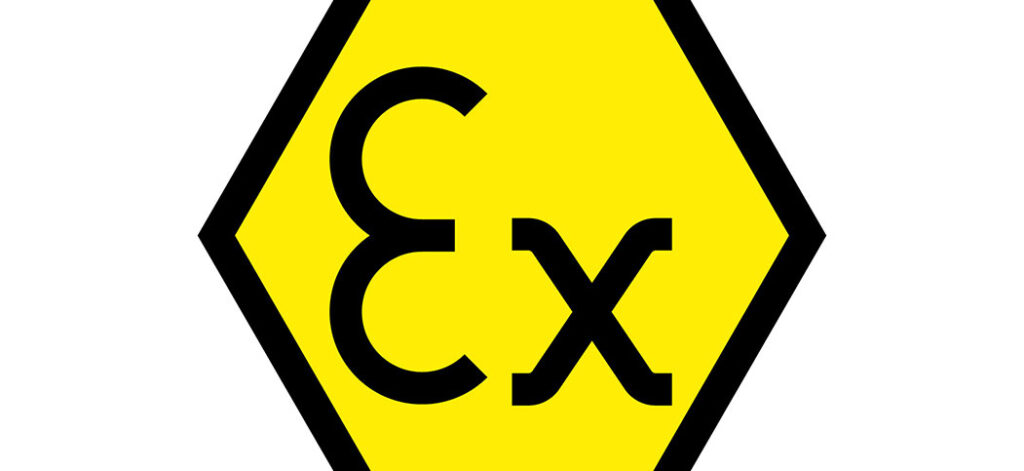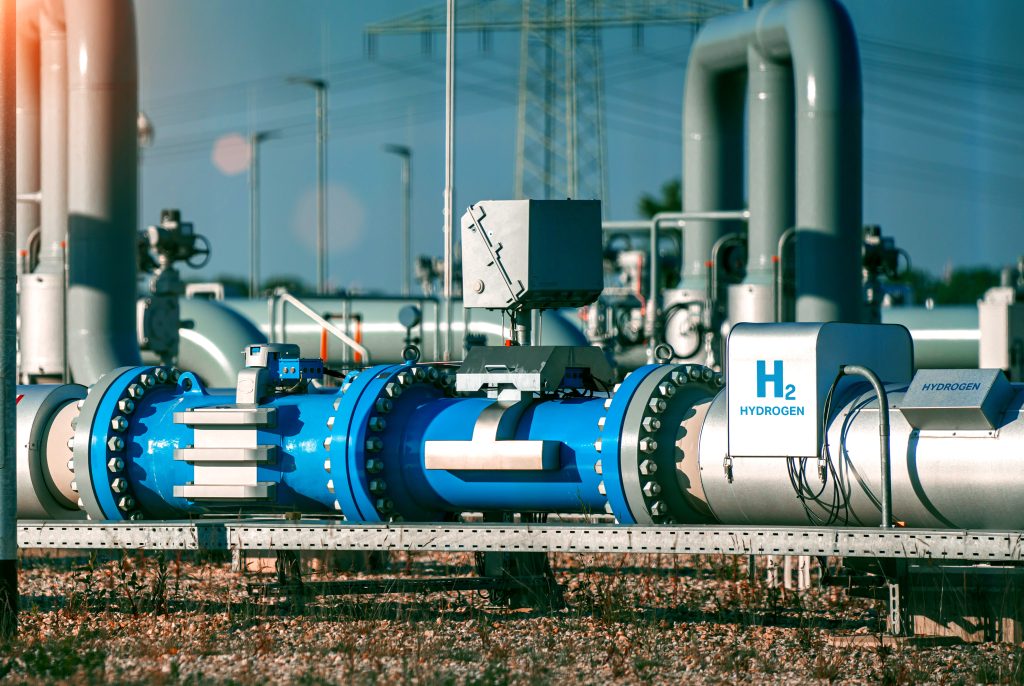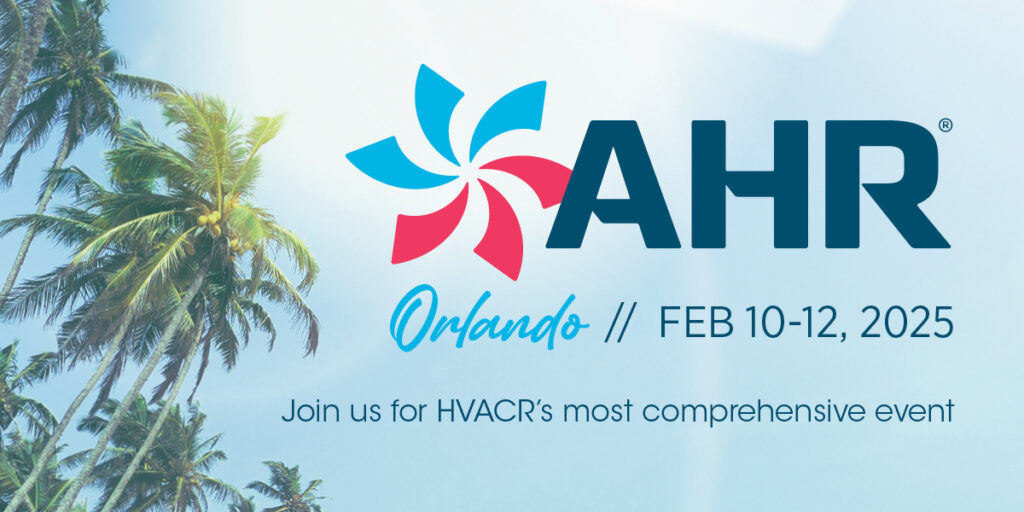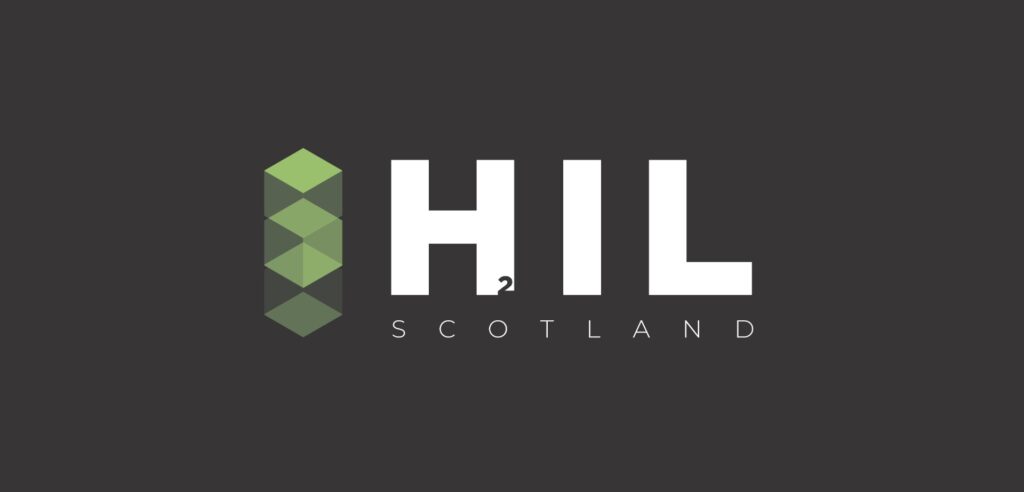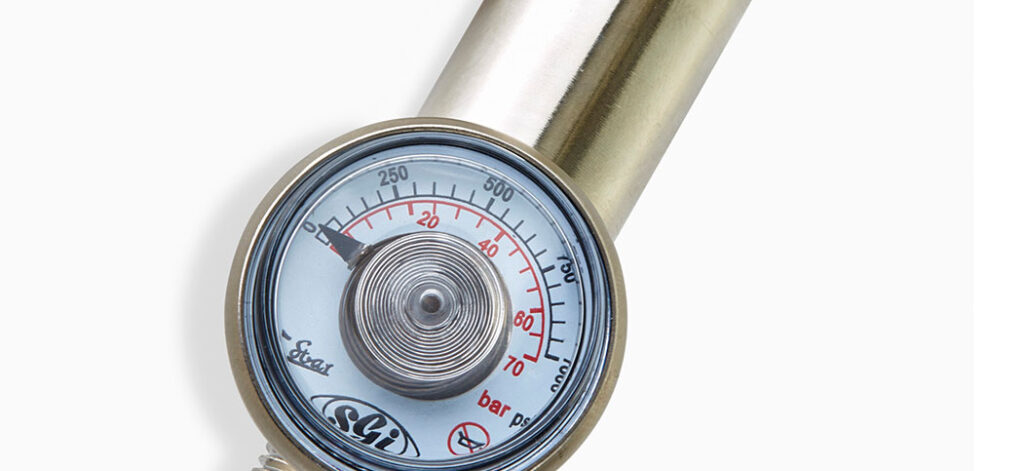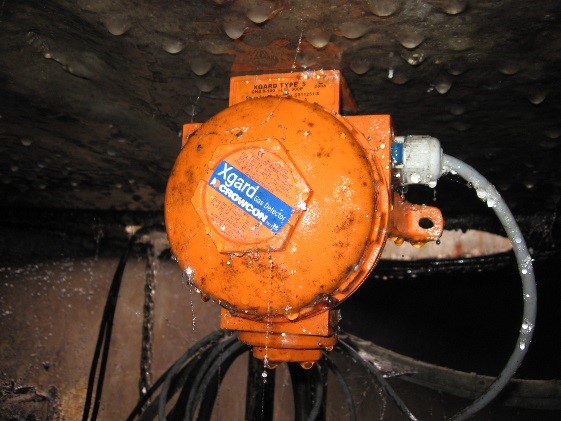El Límite Inferior de Explosividad (LIE) es la concentración más baja de un gas o vapor que arderá en el aire.
El límite inferior de explosividad (LIE) varía de un gas a otro, pero para la mayoría de los gases inflamables es inferior al 5% en volumen. Esto significa que se necesita una concentración relativamente baja de gas o vapor para producir un alto riesgo de explosión.
Para que se produzca una explosión deben estar presentes tres elementos: gas combustible que actúe como combustible, aire y una fuente de ignición (como se muestra en el diagrama). Además, el combustible debe estar presente en la concentración adecuada. Además del LIE, por debajo del cual la mezcla de gas y aire es demasiado pobre para arder, también existe un Límite Superior de Explosividad (LSE), por encima del cual la mezcla es demasiado rica.
En general, los procedimientos de seguridad se ocupan de detectar los gases inflamables antes de que alcancen una concentración explosiva, por lo que los sistemas de detección de gases y los monitores portátiles están diseñados para crear alarmas antes de que los gases o vapores alcancen el LIE. Los umbrales específicos varían en función de la aplicación, pero la primera alarma suele fijarse en el 20% de LEL y las alarmas posteriores suelen fijarse en el 40% de LEL.
Los niveles de LEL se definen en las siguientes normas: ISO10156 (también referenciada en EN50054, que ha sido sustituida) e IEC60079.
Muchos LEL son ligeramente diferentes en las dos normas, porque la norma ISO "original" enumera los LEL obtenidos cuando el gas está en estado estático, mientras que los LEL enumerados en las normas EN e IEC se obtuvieron con una mezcla de gas agitada; esto dio lugar a LEL más bajos en algunos casos (es decir, algunos gases resultaron ser más inflamables cuando estaban en movimiento). En el caso del metano, por ejemplo, la norma IEC60079 fija el LIE del 100% en el 4,4% en volumen, mientras que la norma ISO lo fija en el 5%.
Directiva europea ATEX
La Directiva Europea ATEX que rige los equipos para atmósferas inflamables estipula que los fabricantes y usuarios de equipos cumplan la norma EN61779, que es la compañera de la IEC60079. Por lo tanto, Crowcon aplica los valores más bajos de LIE en los territorios que se adhieren a las normas europeas. Dado que la norma ISO se sigue utilizando en EE.UU. y en algunos otros mercados, seguimos calibrando según la norma ISO 10156 en estos territorios.
Si desea saber más , póngase en contacto con nosotros hoy mismo para cualquier pregunta que tenga sobre LEL o sus requisitos de detección de gases.
VISIÓN DEL SECTOR
Suscríbase para recibir las últimas novedades
EN su buzón de entrada
Información sobre Crowcon Privacidad y Política de cookies. Si cambia de opinión, puede darse de baja en cualquier momento

